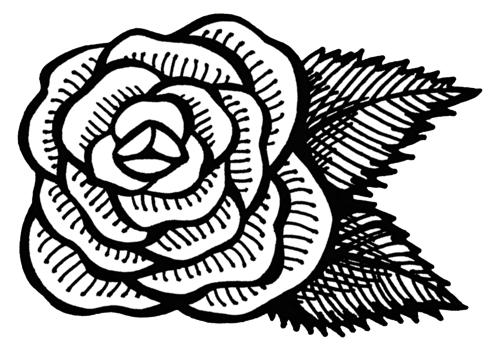We’ve seen an occult resurgence for a while now, especially among millennials, and witchcraft has been trending in fashion and media. I’ve been watching this all like a hawk. It’s odd to see anything occult, including tarot, treated as a mainstream fad. Pros: lacy, black, boho, granny clothes are my favorite clothes, and now they’re everywhere! Cons: the buzz over all things occult & witchy kicks up some old superstitions and misconceptions, including that tarot and witchery automatically go hand-in-hand.
I’ve heard people use the words witchcraft and tarot interchangeably, as if reading tarot makes a person insta-witchy. In this article for The Guardian, Sady Doyle sites Autostraddle’s tarot column as evidence that modern women are flocking to witchcraft because the patriarchy. (The lesbians have a tarotist - they’re witches!) It’s true that more and more people are dabbling in witchcraft, divination, and spiritual practices and expressions outside the Big 3, but mainstream writers tend to gloss right over the fact that all of these things are nuanced and distinct.
I’m actually excited to see the occult get any media attention that isn’t flat-out hostile, but the part of my writerly soul that loves specificity above all else is dying here. Interest in one occult thing does not imply interest in all the occult things. If we’re going to talk about the occult, let’s please be nice and accurate about it.
Witchcraft can be a wonderful thing, but the word “witchcraft” means a lot of different things to a lot of different people, for better and worse. What it doesn’t mean is tarot. Witchcraft is a practice and a lifestyle. Tarot is a tool. The two don’t always mix.
There are many witches and Pagans out there who read tarot cards, but so do a lot of other folks. Buddhists, Christians, Agnostics, Atheists, you name it. Likewise, there are witches and pagans who don’t read or even like tarot cards. (Side note: “witch” and “Pagan” aren’t interchangeable, either. Not all witches are Pagan, and not all Pagans practice witchcraft. Pagan is a religious designation. Witchcraft can be religious, spiritual, or secular, depending on the personal approach of the practitioner.)
I’d like to further hammer this point in with a metaphor:
Tarot ≠ Witchcraft. Tarot = Candles.
Think of tarot cards as candles. Witches love candles, right? Have you ever seen a witchy scene in a movie or TV show that didn’t have a million-billion candles on set? No, you haven’t.
Many (but not all) real-life witchy folks use candles, it’s true. A witch may light candles for rituals, spells, meditations, or holiday celebrations, to name a few things. Does that mean lighting a candle makes you a witch?
That’s a rhetorical question, but in case you got stuck, the answer is no.
Almost every religious and spiritual practice uses candles. They embody light, energy, and illumination - things we’re all after. Most people also keep candles in their homes for secular reasons. We light candles and make wishes over birthday cakes (arguably a magical practice, but one that we see as totally secular and ordinary). We decorate our dinner tables with candles, we rely on them for romantic ambiance, we use them as air fresheners, and we use them as a light source if the power goes out. We even ward off mosquitos with citronella candles in the summer. Candles are a tool for anyone so inclined to use—for decoration, entertainment, spiritual practice, and practical matters.
As with candles, so with tarot.
Tarot cards are a tool for anyone so inclined to use—for decoration, entertainment, spiritual practice, and practical matters.
Decoration
You can collect decks for the artwork or for historical value without ever reading them. That’s a thing.
Entertainment
Learning tarot is fun! Trading readings with a group of friends, preferably over wine and chocolate, makes for a great evening. Tarot can be approached in a really lighthearted way. It doesn’t all have to be so serious or precious.
Spiritual Practice
The lessons and metaphors of each card alone can teach us about spirituality. A whole deck is a little microcosm, and tells another story. You can use spreads and detailed readings to explore the spiritual and philosophical questions that keep you up at night.
Practical Matters
Just as lighting a candle can freshen the air in your room, drawing a tarot card can give you a fresh perspective on a stale situation. Just as you might use a candle for light in a power outage, you can use tarot cards for brainstorming and meditation, to spark new ideas when you’re in the dark. And if all else fails, you could probably grab a short stack of them and shim a bookcase or something. Practical!
Are there instances and practices where tarot and witchery overlap? Yes. Absolutely. But I think it’s important to underline that witchcraft and tarot do not automatically overlap, and nor do they ever have to overlap in your own practice.
Top image from "The history of Springfield in Massachusetts, for the young; being also in some part the history of other towns and cities in the county of Hampden,” courtesy of Internet Archive Book Images.
All other illustrations by yours truly.

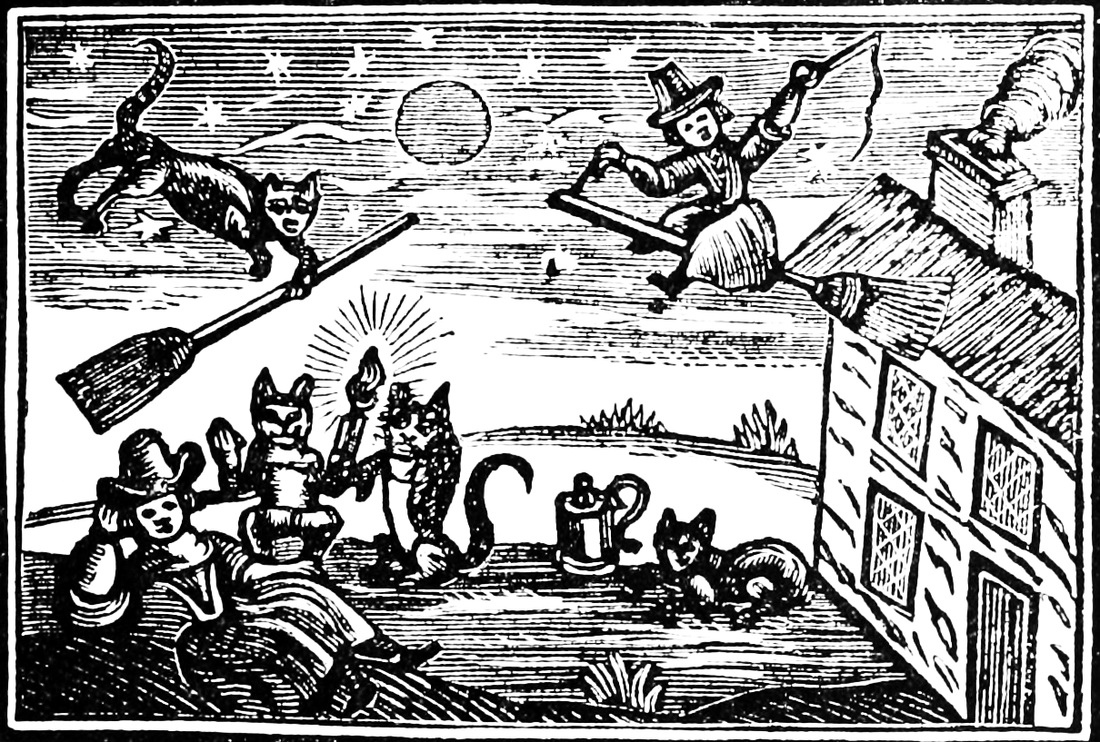
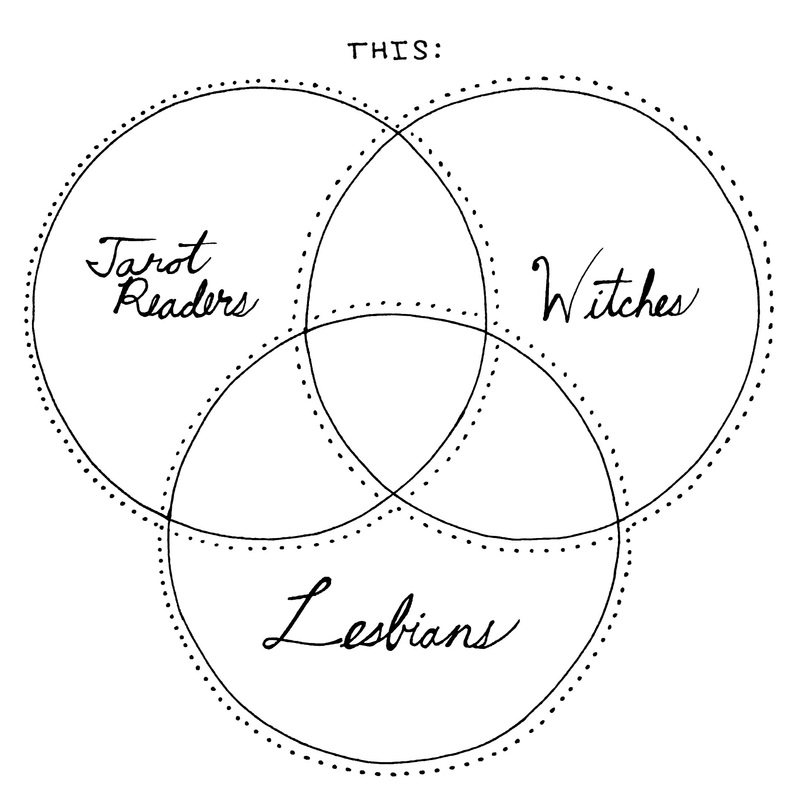
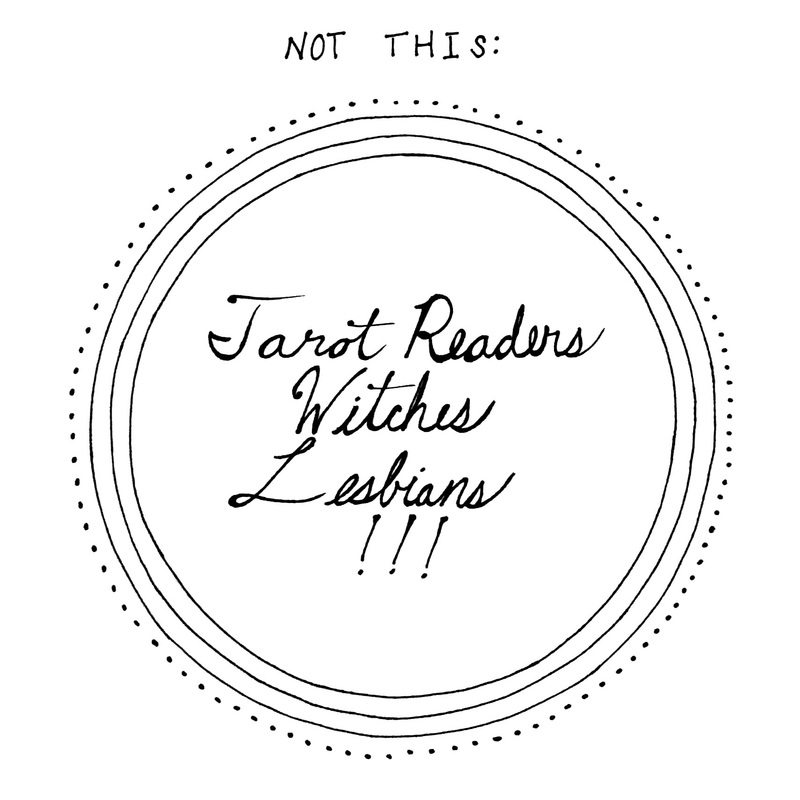
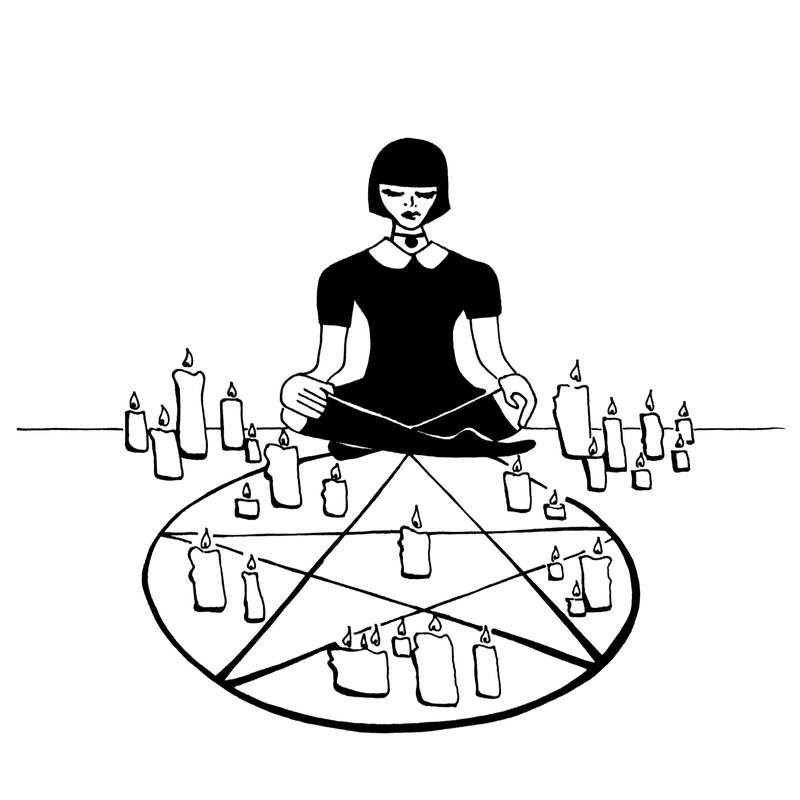
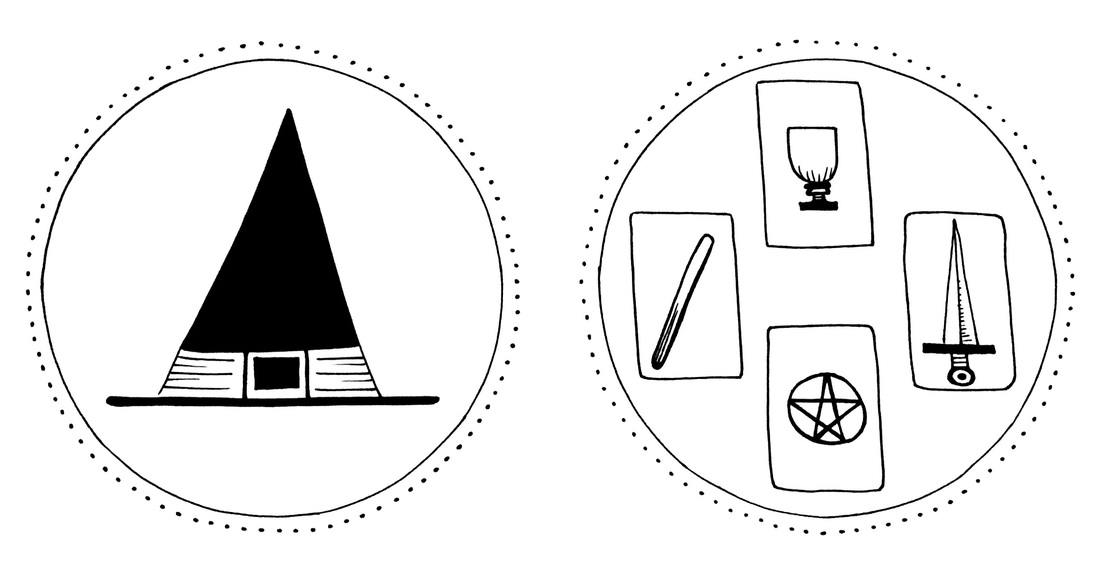
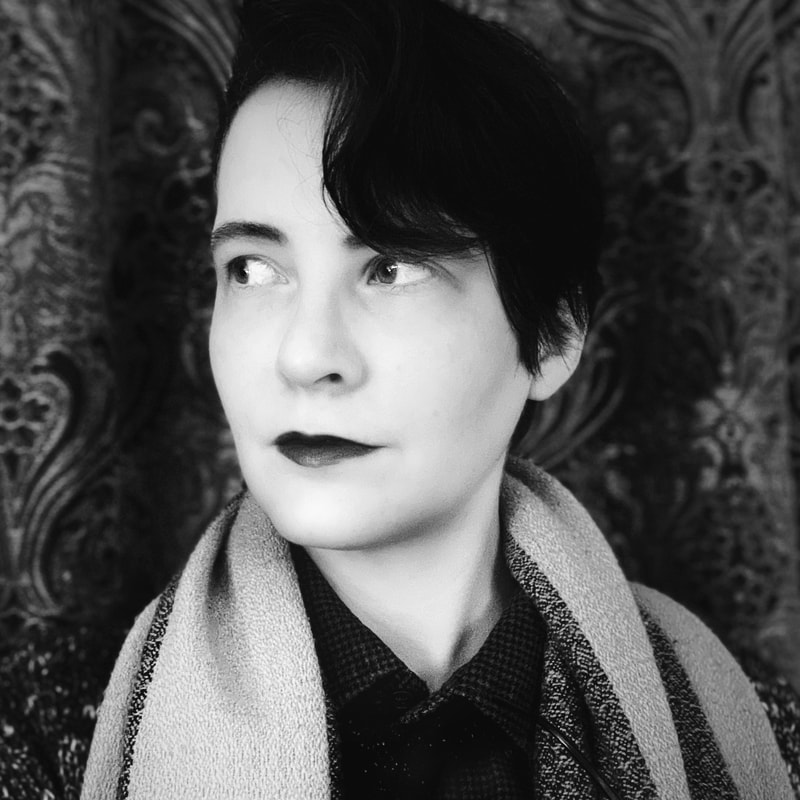
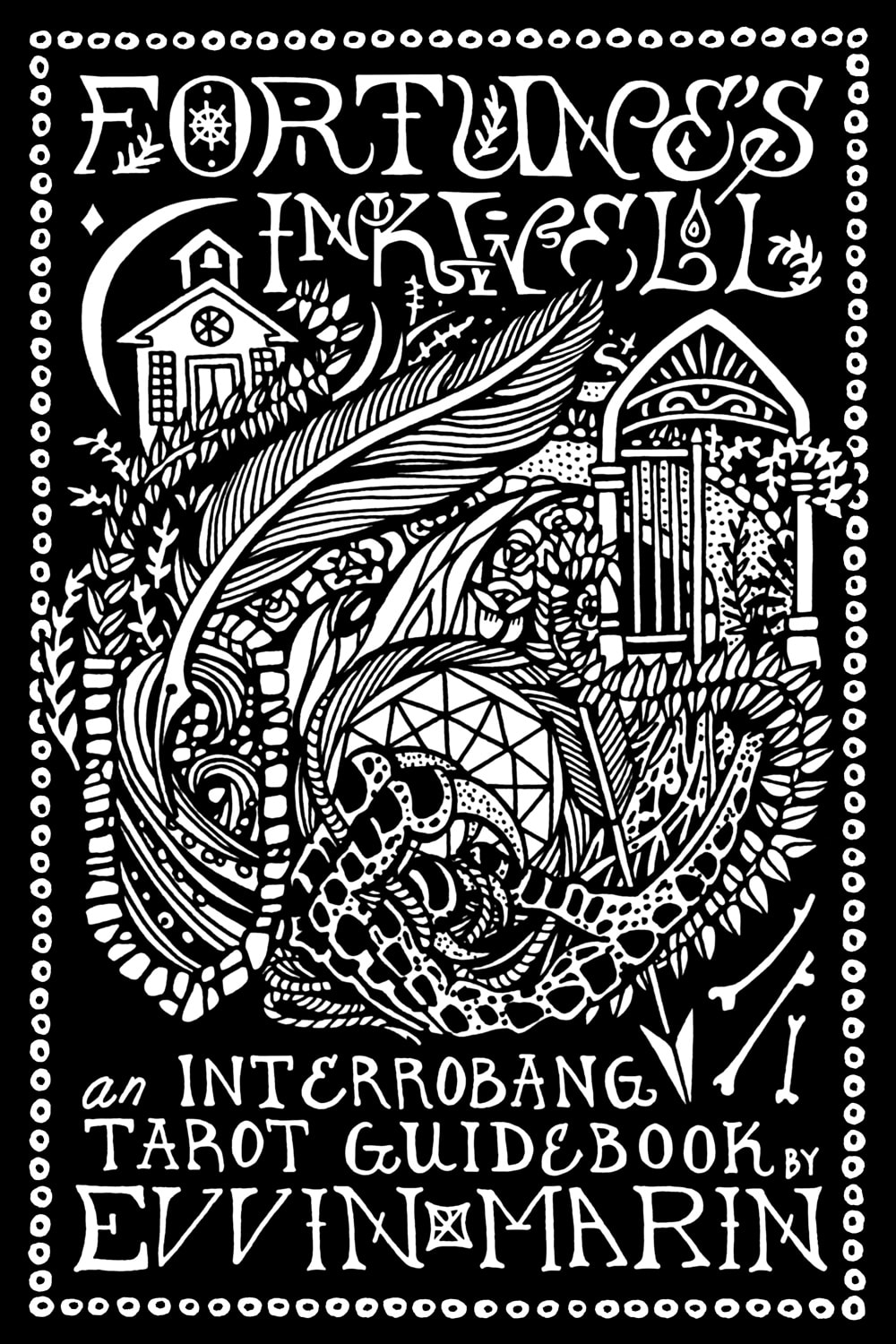
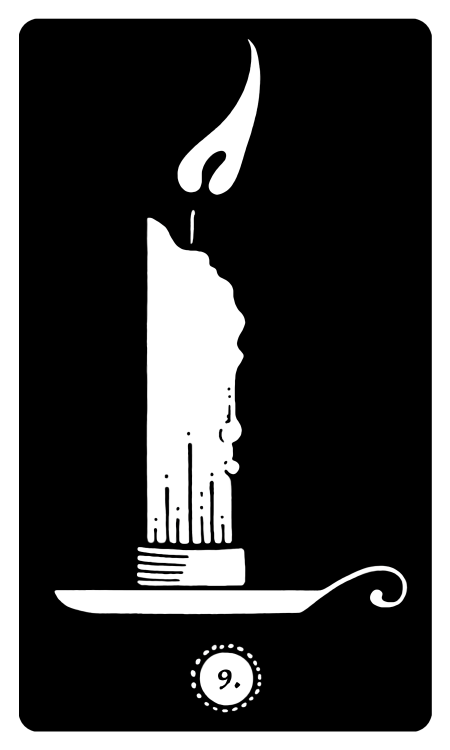
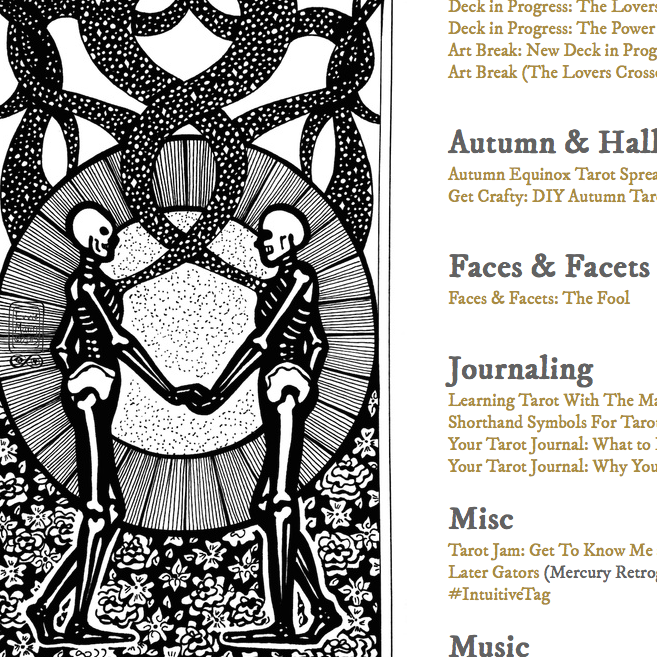
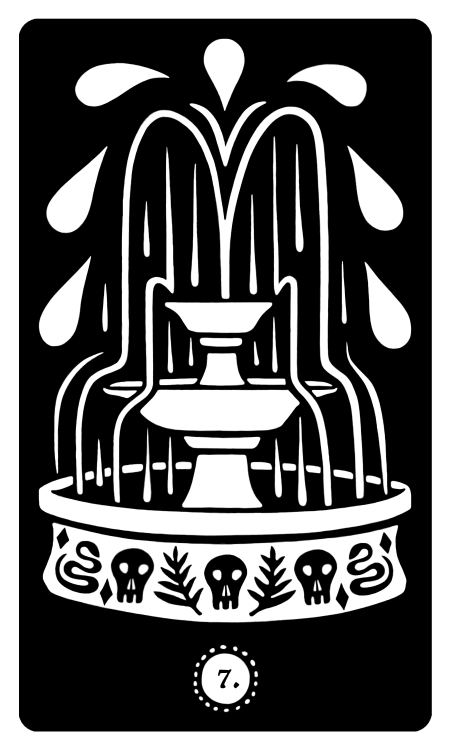
 RSS Feed
RSS Feed
